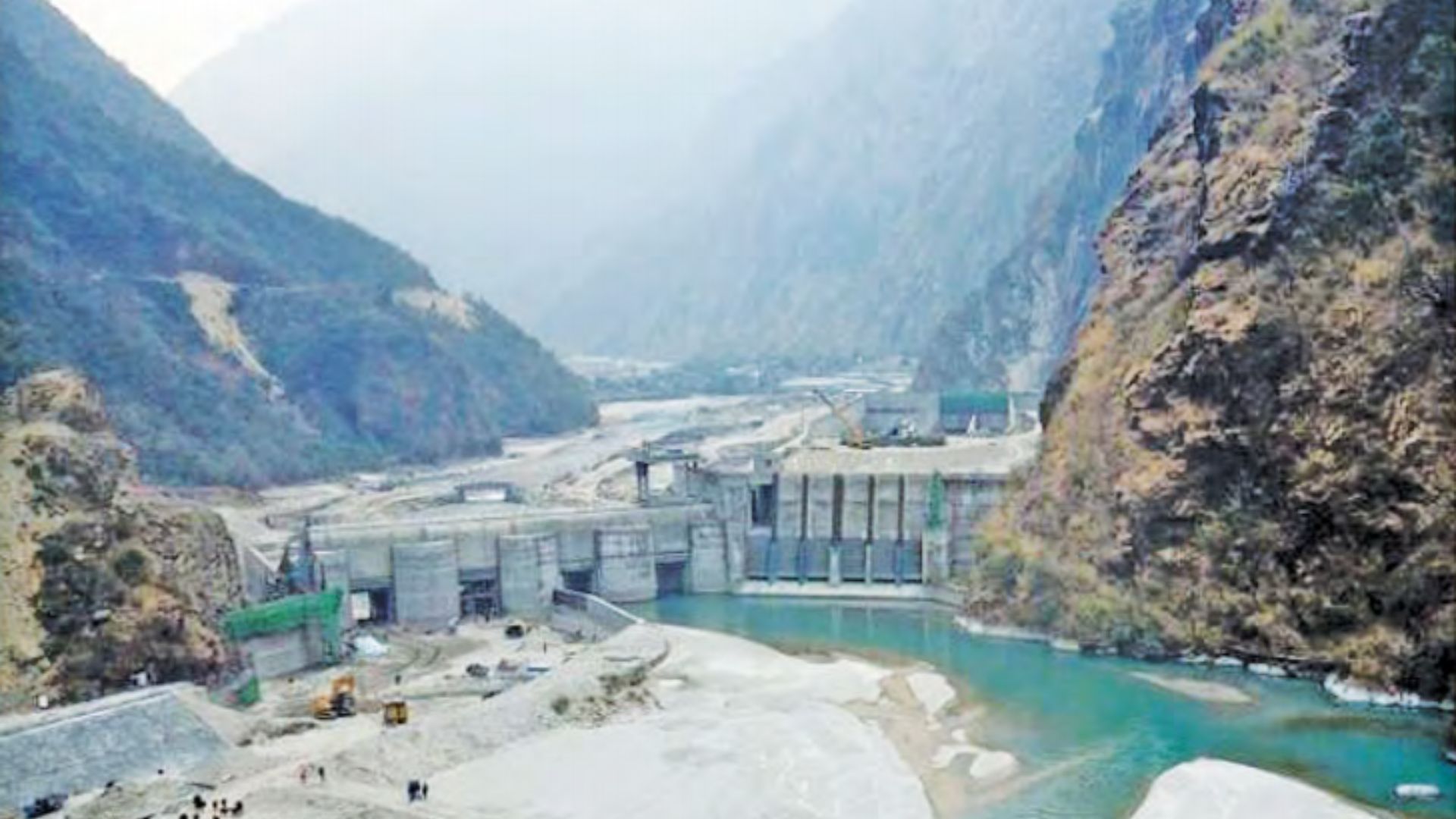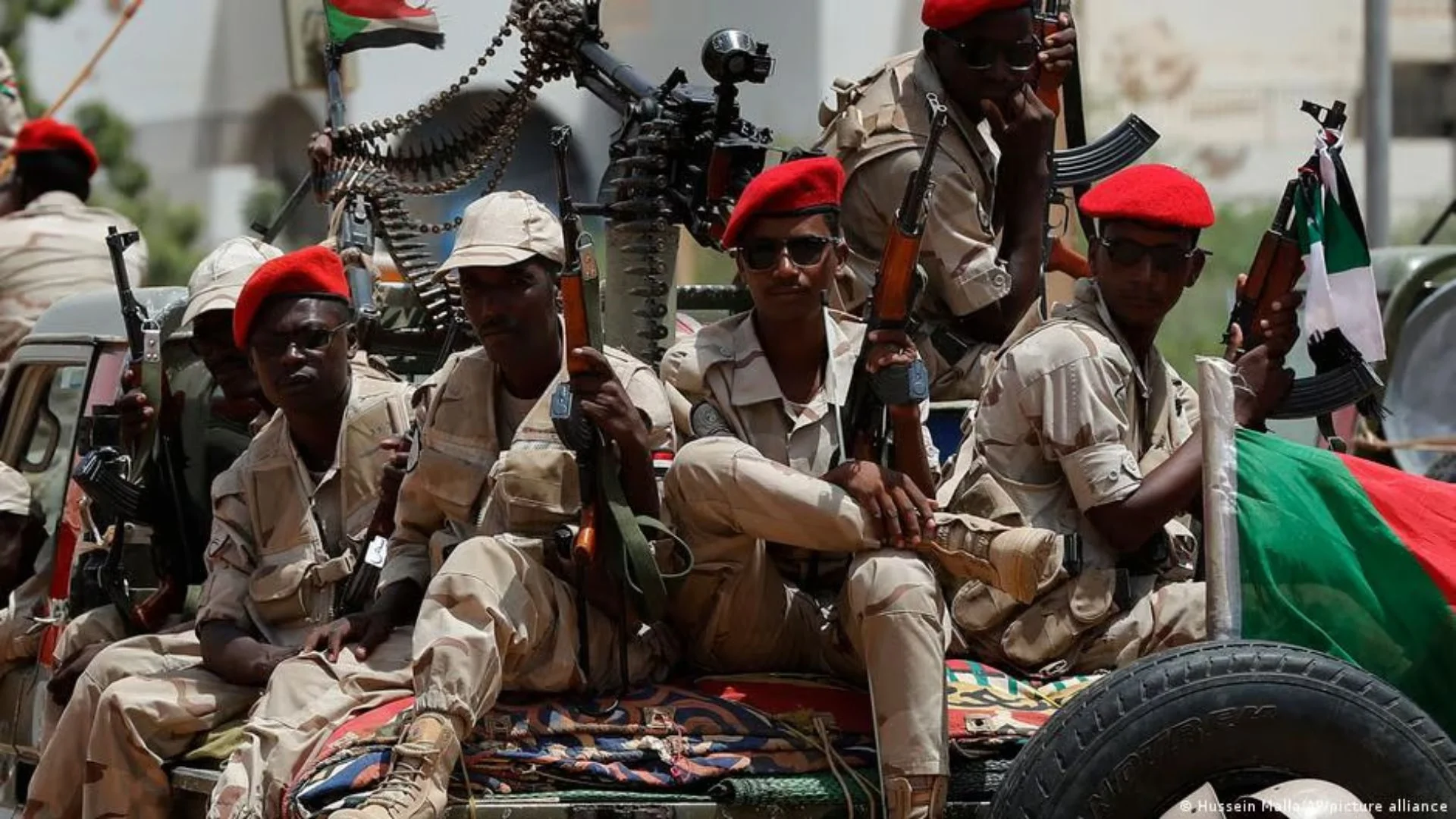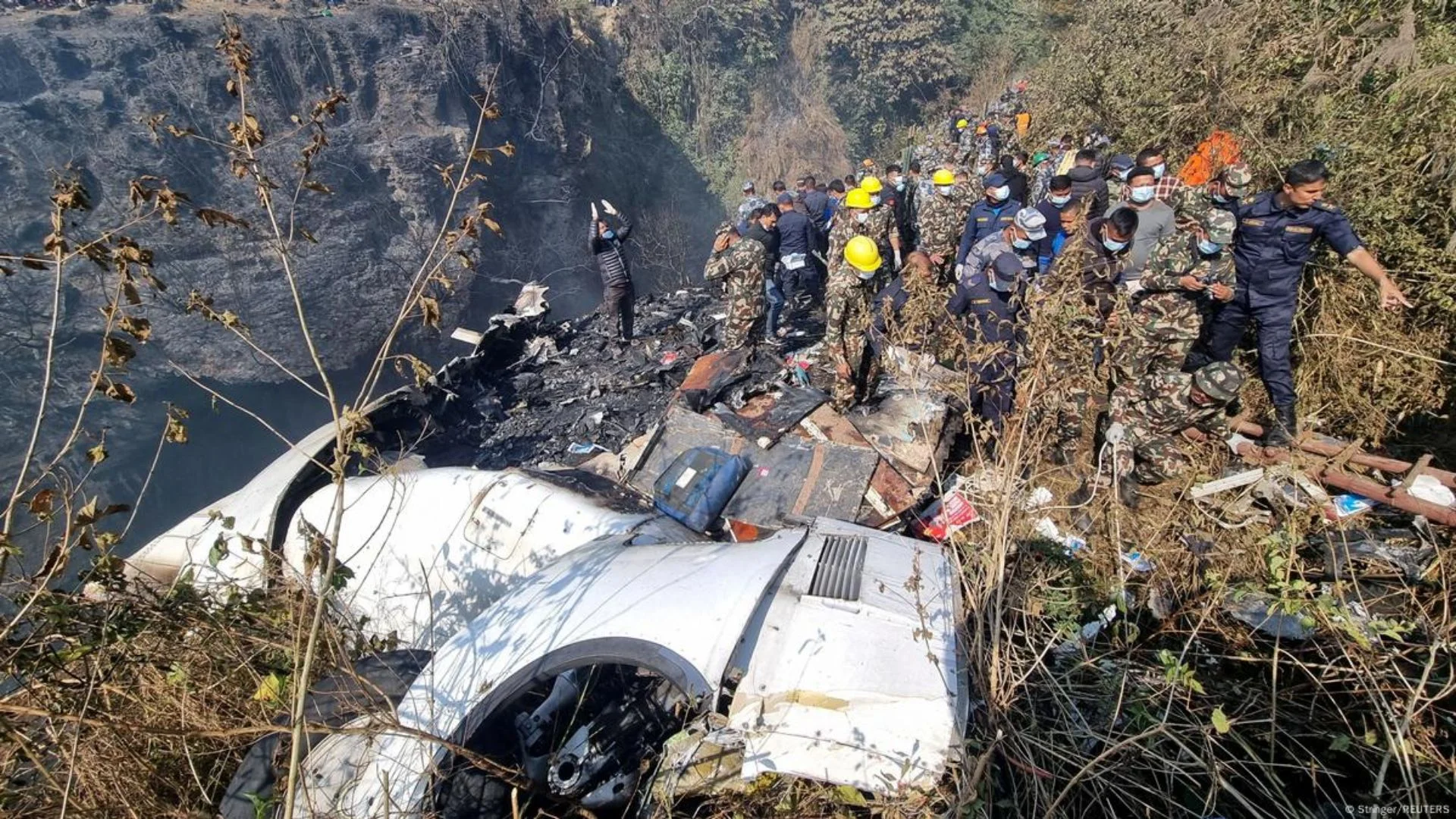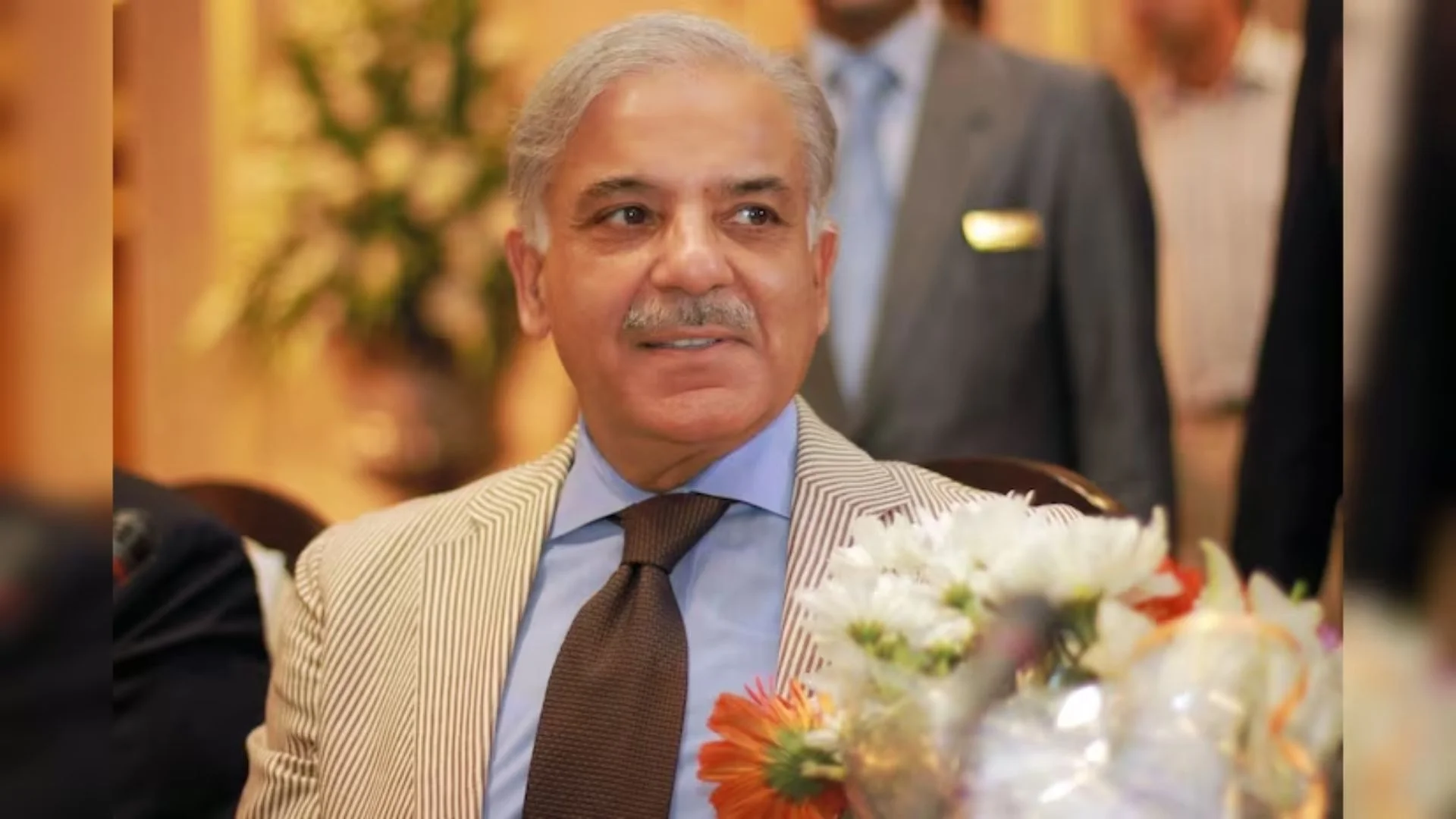The Arun III hydropower project in Nepal, supported by Indian aid, has reached a significant breakthrough. On Tuesday, Nepali Prime Minister Pushpa Kamal Dahal, alongside Indian Ambassador Naveen Srivastava, initiated the final blast to complete the 11.8 KM headrace tunnel of Nepal’s first export-oriented hydropower project.
The 900 MW project, located on the Arun River, has a budget of approximately USD 1.4 billion and began construction in May 2018. The Satluj Jal Vidyut Nigam (SJVN) was awarded the project in March 2008 through international competitive bidding. An agreement between the Investment Board Nepal and SJVN was signed in November 2014.
Prime Minister Dahal highlighted the project’s importance in enhancing Nepal-India relations and promoting clean, renewable energy. Indian Ambassador Srivastava recalled the power trade agreement between Prime Minister Narendra Modi and his Nepali counterpart, aimed at importing electricity from Nepal.
Currently, around 75% of the project is complete, with the remaining work progressing rapidly. The associated 217 km-long transmission line is also under construction. The project is expected to start generating electricity next year, with an annual output potential of 3,924 million units. SJVN is also working on the 679 MW Lower Arun Hydropower Project.
In July 2021, Nepal signed a USD 1.3 billion deal with SJVN for the Lower Arun project, which will not have a reservoir or dam and will utilize the tailrace of the Arun III project. The Arun III project, originally slated to produce energy by 2020, faced delays but is now nearing completion.
SJVN will provide 21.9% of the generated energy free of cost and pay substantial royalties over the project’s first 25 years. The project is expected to yield significant economic benefits and will eventually be transferred to the Nepal government. The Arun III project, initially conceptualized in the 1980s and redesigned in the 1990s, has evolved significantly and now aims to generate 900 MW, doubling its original planned capacity.







